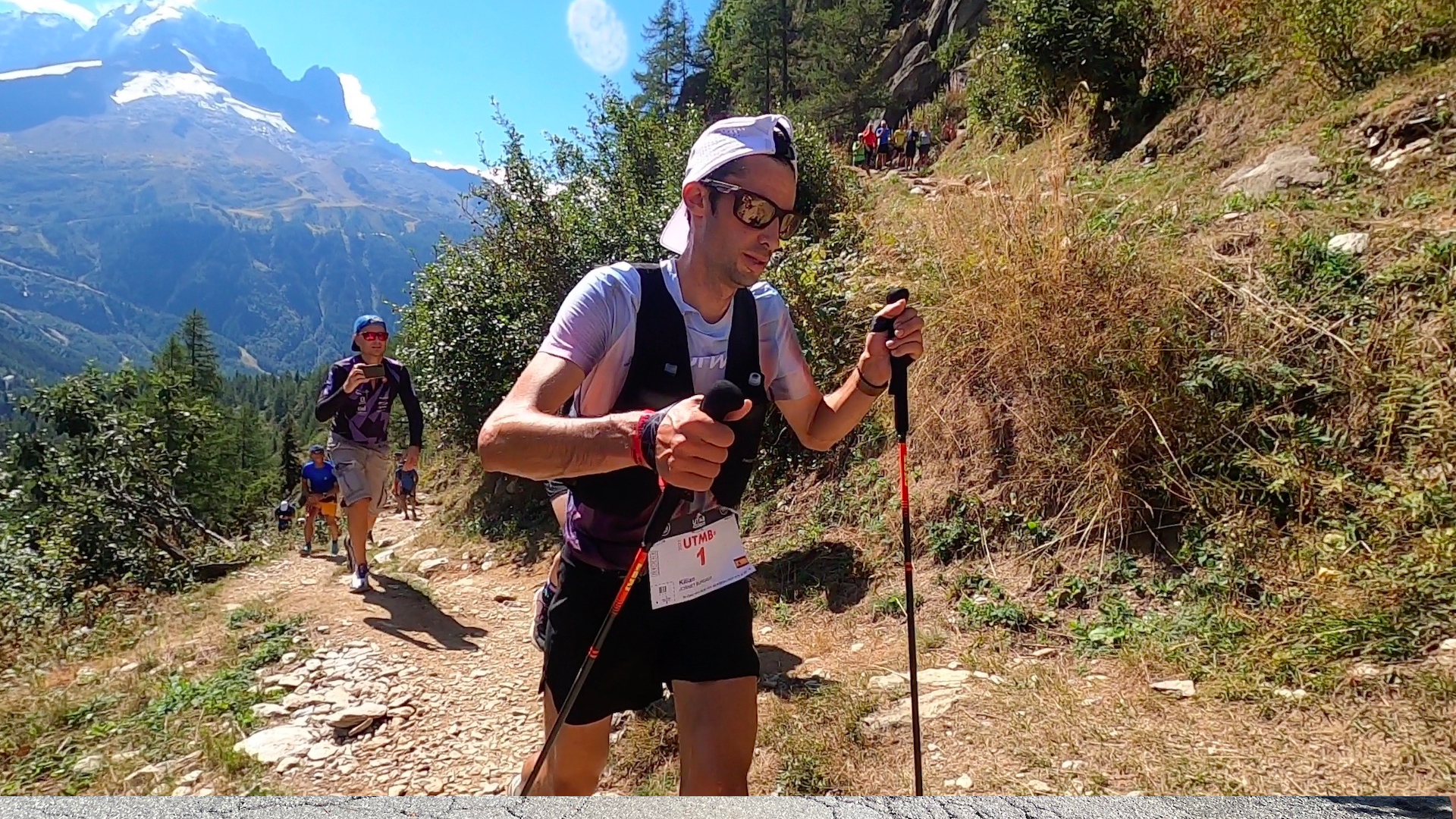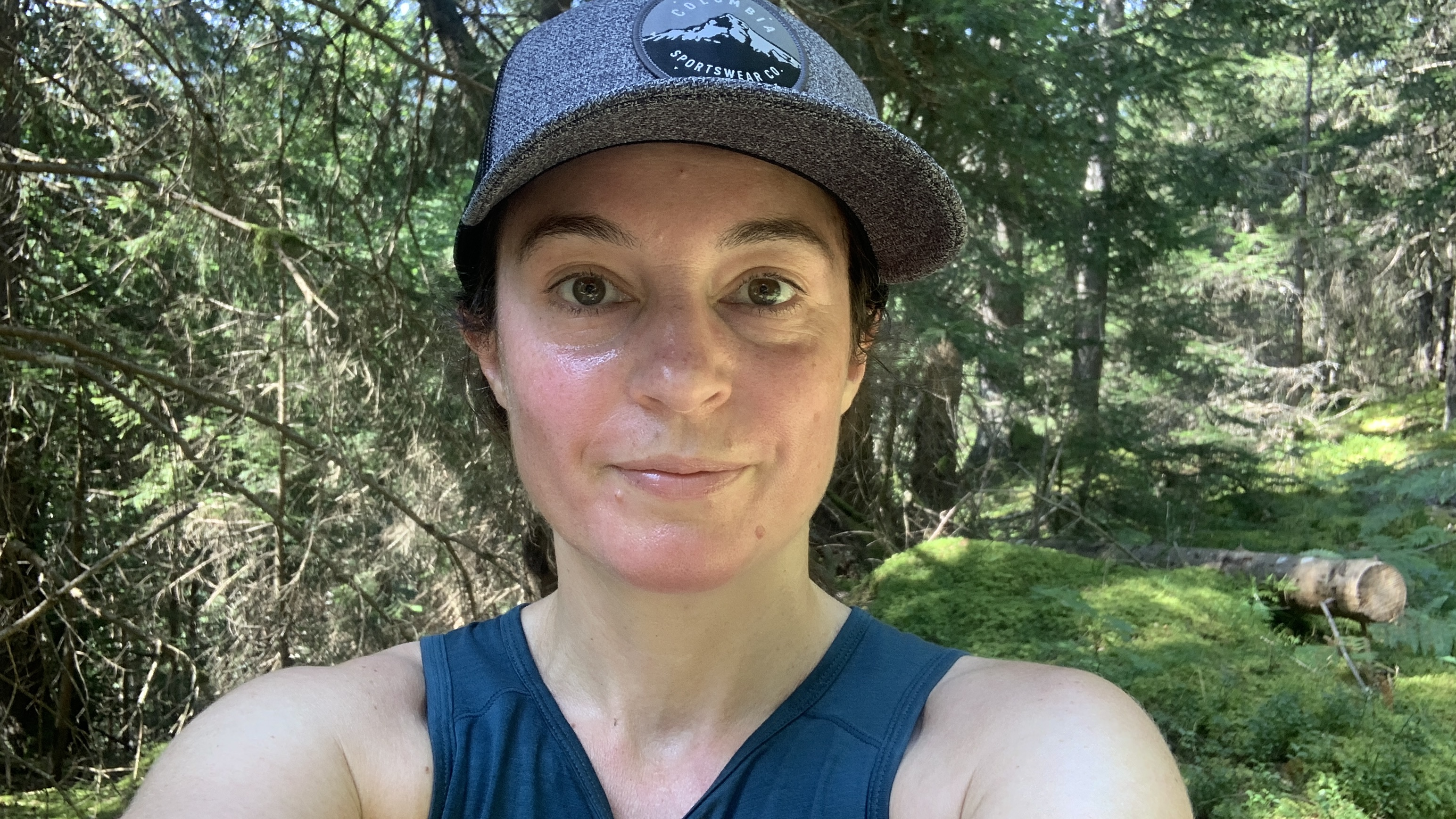I just went for a trail run in Chamonix – let's hope the UTMB runners are prepared for hot conditions with these 3 strategies
It’s a scorcher here at Chamonix, and the runners need to be prepared

I’m here in Chamonix covering the UTMB and took advantage of the small window in my schedule today to hit the trail and test out some new trail running shoes. Similar to last year, the conditions are seriously warm and sweaty.
Since I wasn’t racing and was enjoying the views, I could take it slow, but without my hydration pack, I was feeling the effects of the sultry weather after an hour and my hair and clothes were soaked through.
UTMB runners know they need to be prepared for any weather, with the race taking place at the end of summer taking them up to just over 8,300 feet, but this year it’s looking like heat will be their primary foe. Fortunately, the 106-mile loop around Mont Blanc starts at 6 p.m. tonight so they’ll enjoy cooler conditions for the first chunk of the race.
Still, current predictions are that the front runners will be back in Chamonix just before 2 p.m. tomorrow, meaning they’ll be racing through the heat of the day and with rain in the forecast, increasing humidity. So, no one’s favorite running conditions.

Naturally, they’ll have thought through their kit meticulously and be prepared with the most breathable running tops and shorts made from sweat-wicking and quick drying material, but let’s hope they’re all over these three tools for running in the heat:
1. Heat training
Elite athletes are accustomed to using their sports watches to train within specific heart rate zones these days, but let’s hope they’ve also got their hands on a Core Sensor device and learned how to train in their heat training zone, too.
As I’ve previously written, heat training is becoming more common among elite athletes and helps your body make more blood plasma, which allows you to cool down more efficiently. Your body also lowers the temperature at which you start to sweat and you lose less sodium through your sweat.
Advnture Newsletter
All the latest inspiration, tips and guides to help you plan your next Advnture!
Runners who have been training in hot climates will obviously be at an advantage this weekend, but with competitors here from all over the world, and UK athletes like Tom Evans and Harry Jones having trained through a cold, wet summer at home, some will need to have relied on extra clothing and saunas to help them adapt.

2. Electrolytes
Obviously, UTMB athletes will be well-versed in the language of hydration and electrolytes and be filling up their water bottles at every aid station, but in these conditions, they’re going to have to pay extra attention to replacing salt lost through sweat on the trail.
Last year, another scorcher, Zach Miller attributed his second-place finish at the race to managing his sodium levels with salt tablets, and this weekend’s runners might want to take a leaf out of 2024 Leadville 100 winner David Roche’s book and only consume sports drinks for the entire race. The aid stations along the route provide bouillion – essentially soup stock – for just this reason and the runners would be wise to take it even if it’s the last thing they want to be drinking.
3. Pacing
There won’t be an athlete in Chamonix today who hasn’t spent months thinking about pace, from training in Zone 2 to that negative split tactic that allowed Jim Walmsley to win in record time last year.
But in addition to standard tactics fo walking the uphills (unless you're Kilian Jornet) and making up time on the downhills, these runners might want to take advantage of the evening hours and shaded sections of the trail to pick up the pace, then they can afford to slow it down when the sun is beating down on them.
Julia Clarke is a staff writer for Advnture.com and the author of the book Restorative Yoga for Beginners. She loves to explore mountains on foot, bike, skis and belay and then recover on the the yoga mat. Julia graduated with a degree in journalism in 2004 and spent eight years working as a radio presenter in Kansas City, Vermont, Boston and New York City before discovering the joys of the Rocky Mountains. She then detoured west to Colorado and enjoyed 11 years teaching yoga in Vail before returning to her hometown of Glasgow, Scotland in 2020 to focus on family and writing.

